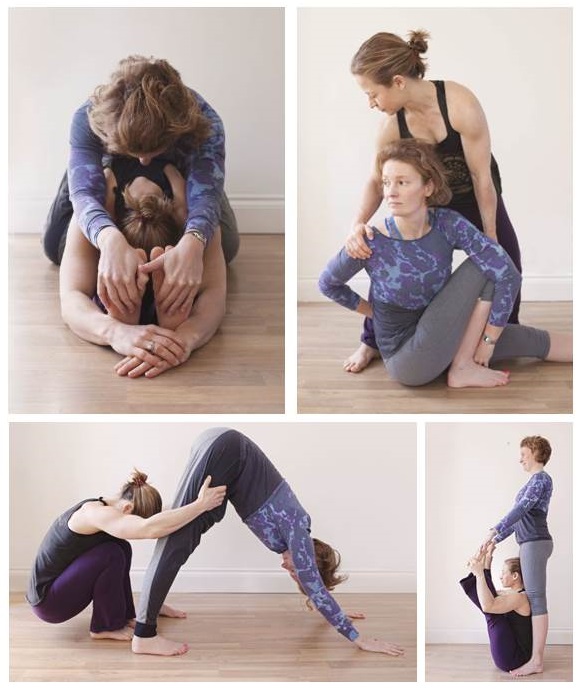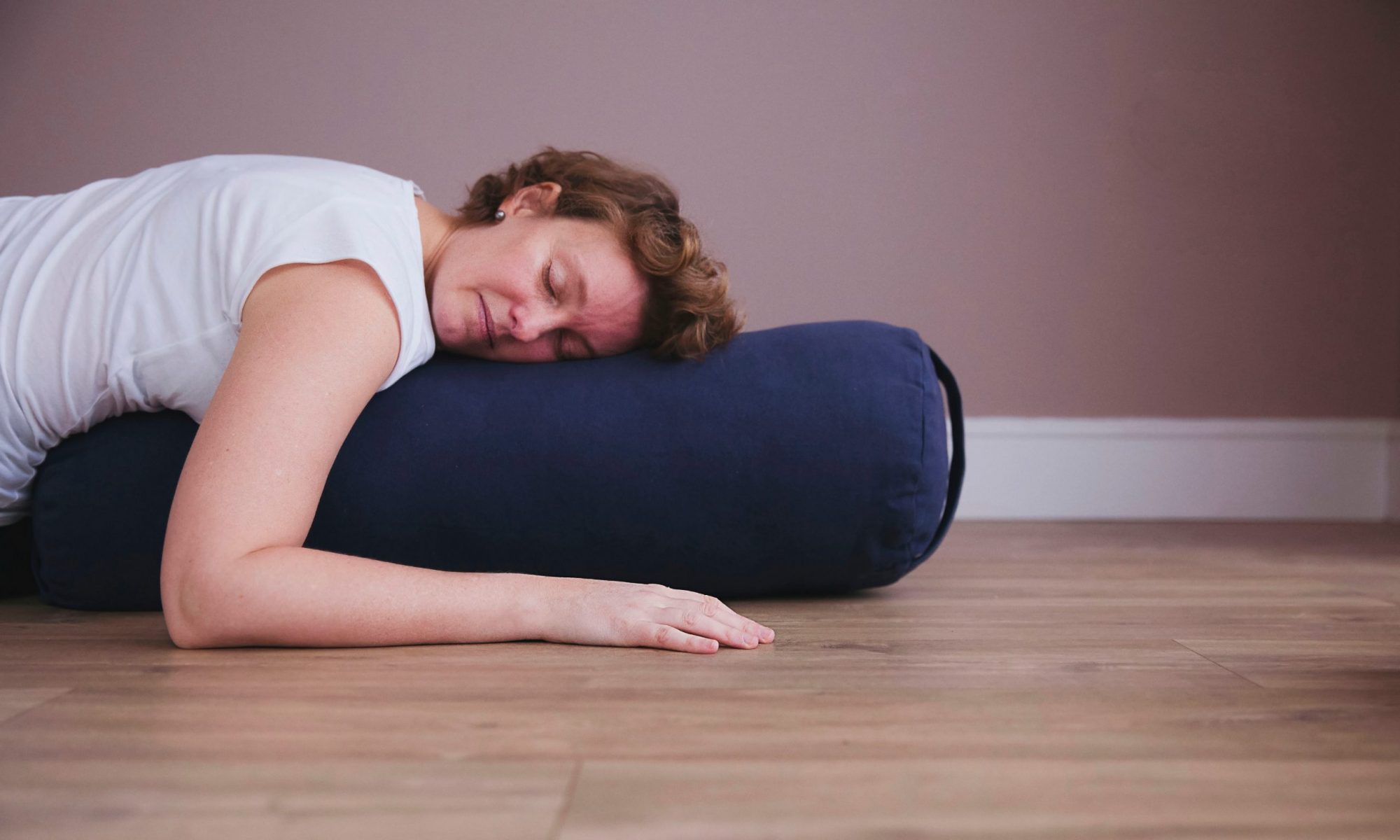You may be aware of the issue currently being discussed in the global yoga community. It’s around abuse allegations made against the ‘godfather’ of ashtanga yoga, K Pattabhi Jois.
In this #metoo era, there are many women speaking out about him sexually abusing them while he adjusted them in poses, and there’s also a lot of discussion around injuries sustained by him too.
I’m not going to comment on the allegations, but I strongly recommend you do some reading. Here are some excellent pieces:
[box] Articles on K Pattabhi Jois abuse allegations
Matthew Remski is a fantastic writer on yoga issues:
Yoga’s Culture of Sexual Abuse: Nine Women Tell Their Stories
Scott Johnson runs Stillpoint Yoga, a London hub for ashtanga:
Norman Blair is my yin yoga teacher and has practised ashtanga for many years:
[/box]
However, I do want to say a few words about being adjusted in class – primarily in an ashtanga class, but equally in any yoga class where you receive adjustments.
In ashtanga, in particular, there is a culture – or even an expectation – of strong physical adjustments. Teachers provide adjustments to help a student feel the correct alignment or to help a student go deeper into a pose.
I know there can be a ‘no pain no gain’ mentality in ashtanga but we must be kind to ourselves – there’s the yama ‘ahimsa’ meaning non-harming or non-violence.
A good adjustment doesn’t have to be forceful. A good adjustment will:
- facilitate an opening in the body, allowing perhaps a little extra length to be found
- create a more solid foundation in a pose.
Many adjustments can be intimate. There’s a lot of body contact. Here are some examples:

So if you’re receiving an adjustment and it doesn’t feel good or you feel it’s overstepped a boundary, you must tell the teacher. I know it can be hard to speak up but it’s your body and you know it best.
If you don’t want to receive adjustments, that’s ok. You can tell the teacher or perhaps they have some sort of consent process – Norman suggests using playing cards.
This is a biggie: A teacher also needs to know if they’ve injured you.
There’s a lot of talk in yoga about the importance of paying attention: how your feet feel on the floor in samastitihi, how the weather impacts nature, how your actions and words affect others. It also means paying attention to the darker issues facing the yoga world.
We must be aware. We can’t bury our heads in the sand. And we must be empowered practitioners, in control of our own body and practice.
Do you have anything to add? Any observations/experiences to share?
If you teach, feel free to share this with your students.

